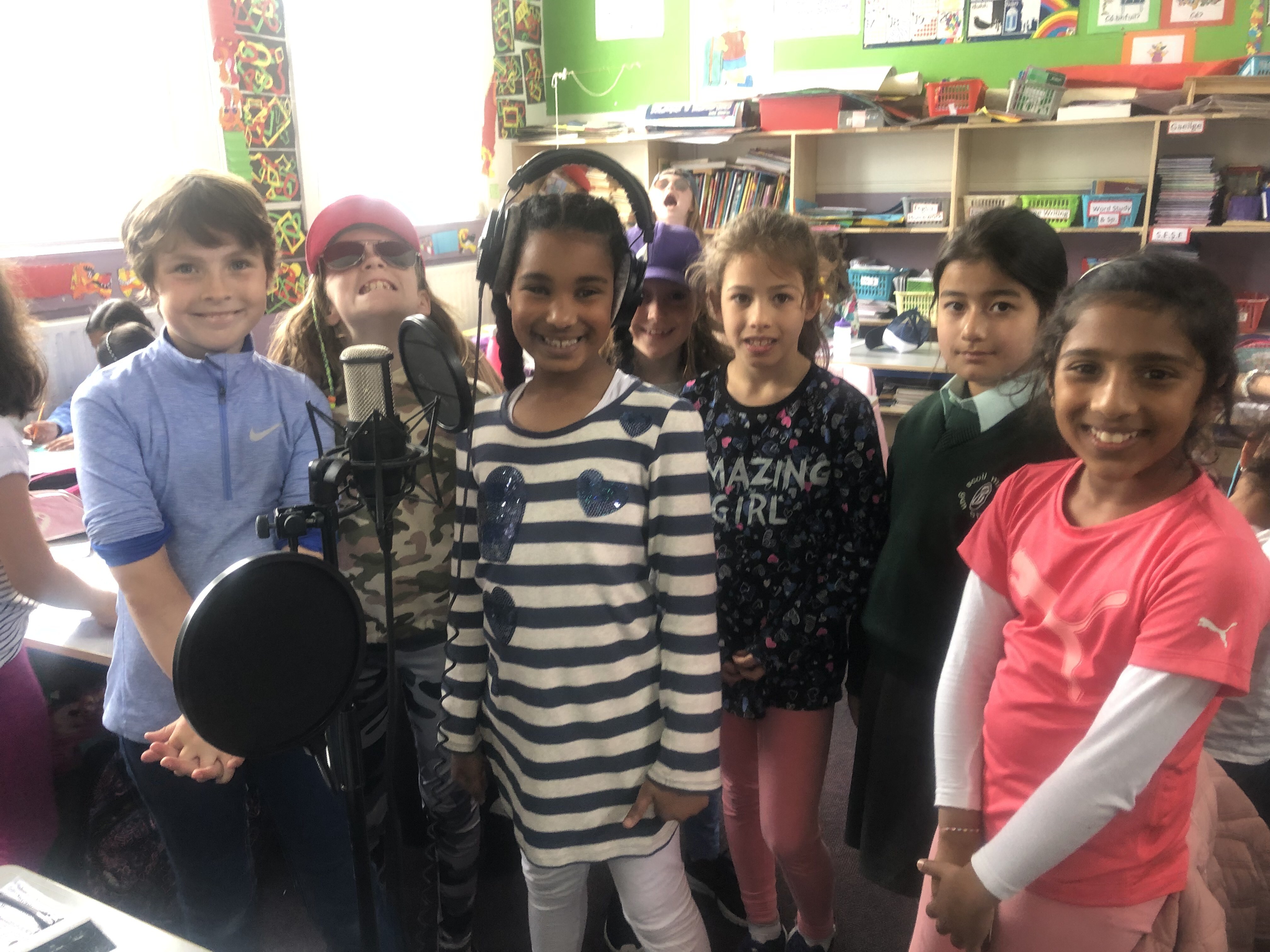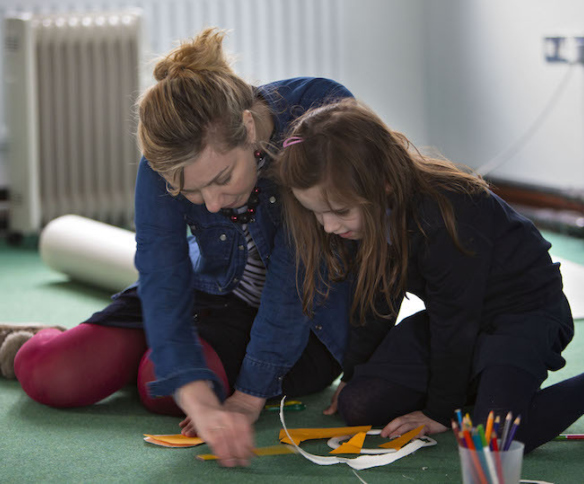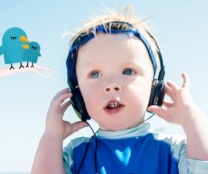Being nominated by Baboró International Arts Festival for Children to represent them as a Creative Associate on the inaugural Scoileanna Ildánacha/Creative Schools programme was an extremely exciting prospect. The promise of an ambitious, cross-departmental programme aimed at putting the arts and creativity at the heart of children and young people’s lives excited me and I could not wait to begin my journey.
Creative Schools is a flagship initiative of the Creative Ireland Programme, which enables the creative potential of every child. It is led by the Arts Council in partnership with the Department of Education and Skills and the Department of Culture, Heritage and the Gaeltacht. Following an extremely successful pilot programme that launched in 2018, September 2021 will see the third group of 150 schools join the initiative. They will go on to better understand, develop and celebrate the arts and creativity in their school community with the help of a Creative Associate like me.
An Agent for Change

As a Creative Associate I serve as a dynamic agent for change, empowering school communities to become self-sufficient in embedding creativity into their teaching and learning and more importantly in their general way of thinking and being each and every day. It is critical that I equip school communities to become self-sufficient during this process by introducing them to practical ways to build sustainability and ensuring that the Creative Schools ethos continues to flourish well beyond a school’s 2-year programme participation.
When asked, “what has been the most exciting aspect of the project?” I have to say it has been “the unknown.” Just as with all art projects I undertake, the outcomes of a Creative Schools collaboration are never predictable, nor should they be. This is something that is both exhilarating and terrifying at the same time. However, trusting in my experience and process, and the powerful force of collaborative working, ultimately leads to meaningful communication, invaluable discoveries and art-rich experiences for our children and young people that can impact them positively for a lifetime.
My working relationship with Baboró International Arts Festival for Children over the past 4 years has had a deep impact on my approach with schools in many ways. Baboró’s commitment to bringing artistic experiences of the highest quality to young people is a particular element I wanted to champion in my role as a Creative Associate. Something that has blown me away over the past 24 months is what busy, complex and time-pressured environments schools can be. Schools invest a lot when bringing students out of the school context or engaging with a third-party project, so it is vital that their experience is worthwhile, valuable and of quality. Through years of experience with school audiences, Baboró never underestimates the challenges schools face in ensuring their students’ exposure to quality arts experiences, and Baboró shows continual commitment to overcoming these challenges with them.
Quality of Artistic Experiences

Last year I was invited to represent Baboró at the National Arts in Education Portal Day to discuss how we can ensure our young people better engage with the arts, and the topic of quality was central to that conversation. The Arts Council states that, “Artistic experiences (including learning in and through the arts) are of quality when they are ambitious, original, technically competent and connect with people in a lasting way.” To ensure schools receive this level of quality, they must first be prepared to do their research before engaging an artist or organisation and to communicating openly with them so that all parties understand the expectations and deliverables. Artists and arts organisations must be committed to understanding and adapting to the practical challenges of working with schools or in a school environment, while also remaining true to delivering ambitious and original work, even (or especially) when it is challenging for audiences.
Each School is Unique

One of my biggest learnings from the project has been how different each and every school community is. Yes, they are all schools, following the same curriculum, with the same main aims and objects, however, each and every school is totally unique, with a unique perspective on what being a creative school means and how they can implement that. As a Creative Associate one of your biggest responsibilities is to accept, nurture and celebrate this individuality. It has been incredible to accompany schools on their unique two-year journey, and see staff confidence grow regarding creative decision-making, the voice of the child valued more and connections with the creative community established or further developed, albeit at very different rates.
Some schools have focused the project on reinventing their classroom approach completely, facilitating the integration of creativity right across the curriculum for all age groups. This was achieved by revision of management approaches and investment in CPD. Others have established a calendar of creative events or encounters, for example, with local or regional artists and arts organisations, which they evaluated with the young people and integrate into their annual timetable accordingly. Others have chosen to focus on reinventing school buildings and spaces to be more inspiring and better reflect the diverse creative interest of the children and staff in the school. No two schools’ approaches have been the same.
The Shared Value of Creative Teaching & Learning
One thing my schools have had in common however, is that each of them reported on the vital role that creative teaching and learning played in maintaining engagement from students and families learning from home during lockdown earlier this year. The Creative Schools team are building on the learnings and outcomes presented to us unexpectedly since last March, and are exploring new and exciting avenues that can continue to ensure that every child and young person will have access to quality artistic and cultural encounters during their time in education. So it is safe to say that the Creative Schools programme is more important now than ever.

Jane Hayes is a visual artist with an extensive portfolio of quality YPCE collaborations creating projects, resources and creative encounters, often for early years audiences.
If your school or a school you know would like to become a Creative Schools visit the Arts Council’s website for further information.





